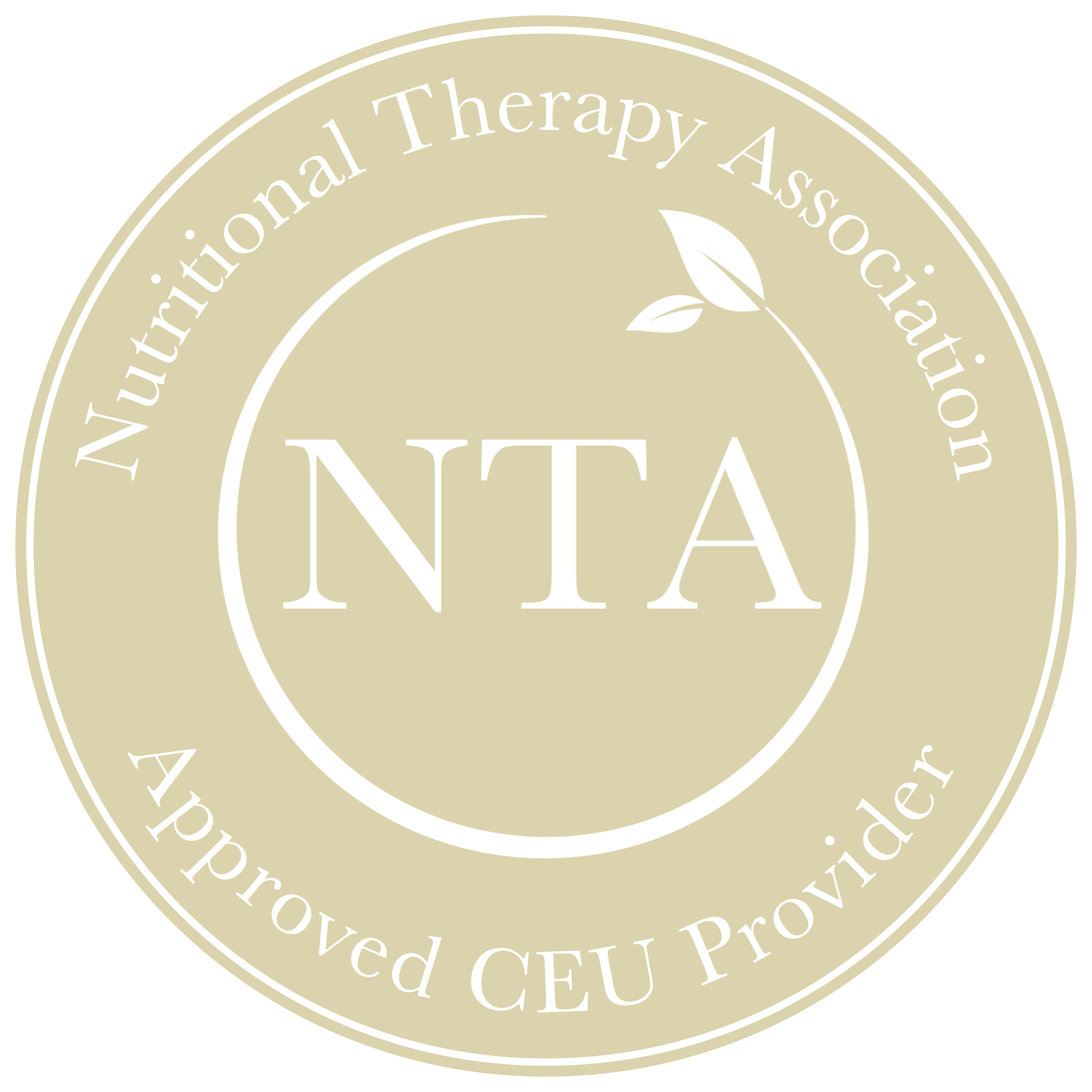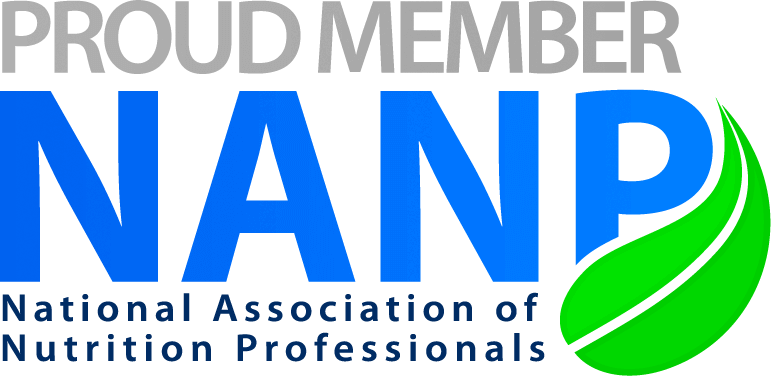Andropause – or “male menopause” – is the loss of androgen dominance that men experience with advanced aging. It’s typically associated with a decrease in the production of testosterone, along with a similar decrease in other androgen hormones such as DHEA, androstenedione, and dihydrotestosterone (DHT).
Symptomatically, a man’s experience of andropause usually involves some combination of the following:
- A loss of vitality and drive
- Less energy
- Loss of muscle mass and increased body fat
- Lower sex drive and a difficulty getting or maintaining erections
- Lack of interest in activities that previously were engaging to him
- Depression, moodiness, and general apathy
As you read this list, your instinct may be “well, that’s just part of getting old.” While these types of symptoms are indeed associated with aging, their progression is not inevitable and there is much we can do to help our male clients get their mojo back. Disturbingly, the age at which men are experiencing andropause is younger and younger, with some men experiencing symptoms as early as their 30s.
Quite different from women entering menopause, where the onset is more immediate and abrupt, with men the development of andropause occurs much more slowly over the course of many years. This gradual decline in hormones makes it more difficult to identify and is part of the reason it’s inevitably written off as part of the aging process.
To complicate things, as nutrition professionals – many of us being female practitioners – supporting men with hormonal imbalances can feel challenging, awkward, or even inappropriate. We don’t have the personal experience of knowing what it feels like to be in a male body and men aren’t typically keen to share perceived weaknesses with a female practitioner. Also, we’re nutritionists – what can we do to support male clients through these life transitions?
It turns out, we can do a lot.
The tools we have as functional nutritionists are some of the most powerful when it comes to supporting men’s hormonal health and overall vitality. Here is are seven essential strategies to address andropause in our male clients:
Support optimal blood sugar handling with a nutrient-dense, low-starch, whole foods diet and targeted supplementation
Blood sugar dysregulation is at the root of many male hormonal imbalances. As one example, aromatization, which is the conversion of testosterone to estrogen, will increase with elevated blood sugar levels, insulin resistance, and increased adipose tissue. This leads to reduced levels of testosterone and elevated levels of estrogen, and can include the development of feminine body traits such as increased fatty tissue in the breast and hip area. We also know that chronic blood sugar dysregulation alters adrenal physiology, impacting the ability to produce DHEA, a precursor to testosterone, and an essential hormone for vitality and mean body mass.
Assessing your male client’s glucose regulation with a blood chemistry panel is an essential part of reversing andropause. We teach this at length in Level 3: Mastering the Art and Science of Nutritional Blood Chemistry.
Reduce systemic inflammation
We know that inflammation is at the root of many chronic health issues and hormonal dysregulation is one more example of this. Increased inflammation can interrupt the production of testosterone by damaging the Leydig cells which produce it. Furthermore, inflammation will upregulate the activity of the aromatase enzyme, which as we just discussed, increases the conversion of testosterone to estrogen.
Reducing your client’s inflammatory burden by identifying and removing inflammatory foods and healing the gut (which are both significant sources of chronic inflammation) needs to be a core component of any effective andropause strategy.
Support detoxification processes and reduce toxin exposure
All hormones are cleared by the liver through its detoxification pathways. If liver function is compromised or overwhelmed with a toxic burden, hormones will not be metabolized and cleared properly, further contributing to hormonal imbalances and dysregulation.
Our work here is twofold. First, identify and remove toxins to reduce the overall burden on the detoxification pathways. This includes dietary sources of toxins, environmental exposure, and enterotoxicity (“toxicity from within”) that can result from gut dysfunction.
Next, support the detox pathways by assessing and addressing related markers on a blood panel, and by encouraging clients to adopt annual or bi-annual purification programs as part of their ongoing health strategy.
Encourage appropriate exercise
In addition to diet, one of the most powerful tools in our toolkit is exercise. Certain types of exercise – particularly burst training or high-intensity interval training – encourage the production of human growth hormone, another anabolic hormone that typically declines with age. Human growth hormone supports lean muscle mass, decreases fat accumulation, and improves circulation – all core functions that will keep men feeling young and vibrant.
When it comes to exercise, not all movement is created equal. While all exertion has its benefits, hormonal optimization requires exercise that causes a spike in heart rate above the anaerobic threshold for approximately 30 seconds, five or more times during a workout.
Identify and remove stressors, and mitigate negative impacts of those you can’t avoid
We know the vitally important role of the adrenals – our body’s stress-handling organs – with respect to the entire endocrine system. With adrenal dysregulation, a spillover effect is created, which disrupts other important hormone pathways, including reproductive hormone pathways. We already saw how blood sugar can impair adrenal function and impact the production of DHEA, which is critical for vitality and as a precursor to testosterone. The impacts of dysregulated adrenal function and unrelenting stress lead to impaired sex hormone production, increased insulin resistance and inflammation, liver congestion, increased catabolism (body breakdown), and dysregulation of the hypothalamus-pituitary axis.
It is absolutely vital that we support our male clients to identify their top stressors – mental, physiological, emotional, environmental – and help them remove the ones they can, and then mitigate the negative impacts of those they can’t avoid by supporting adrenal resilience. Addressing andropause includes proper assessment and appropriate support of adrenal function.
Regular and sufficient high-quality sleep
Sleep is critical for everything, not least of which is hormone production. Getting eight or more hours of sleep per night supports the body’s production of human growth hormone and testosterone, encourages healing, promotes recovery, balances mood, and benefits every single body system. Prioritizing sleep can be challenging for some men due to societal pressures and the misperception that needing sleep is a sign of weakness. Our job is to educate them on the benefits and necessity of sleep and sleep hygiene, and help them consistently get the high-quality sleep their body needs to thrive.
Assess your client’s hormone status
All of these strategies will support your male client’s hormonal health, but you don’t actually know what you’re dealing with unless you test hormone levels. We know that with hormones there are multiple aspects to consider:
– The production of the hormones themselves – is his body able to produce enough?
– The hormone receptor capacity to receive the hormone – are the cells receiving the hormone properly, or have these receptor sites been down-regulated, resulting in a symptomatic presentation that indicates hormone deficiency in the presence of an excess of that hormone?
– The feedback loop that communicates to the endocrine system “chiefs in command,” the hypothalamus and pituitary – are they receiving and communicating hormonal messages properly and accurately assessing the need to upregulate or downregulate hormone production?
– The body’s ability to metabolize, or clear, the hormones – is the imbalance due to impaired detoxification pathways that are recirculating spent hormones instead of metabolizing them appropriately?
These many factors must be considered and addressed. Without testing, there is no way to know whether a client is truly hormonally deficient, as his symptoms would suggest, or whether his symptoms are the results of receptor site down-regulation, hypothalamus-pituitary communication dysfunction, or an imbalance caused by impaired hormone metabolism. If you’re not already seasoned in hormone panel interpretation, we teach adrenal and sex hormone testing from a nutritional perspective in our Level 2 program: Mastering the Art and Science of Optimizing Hormones.
How are you supporting your male clients’ hormonal health?







